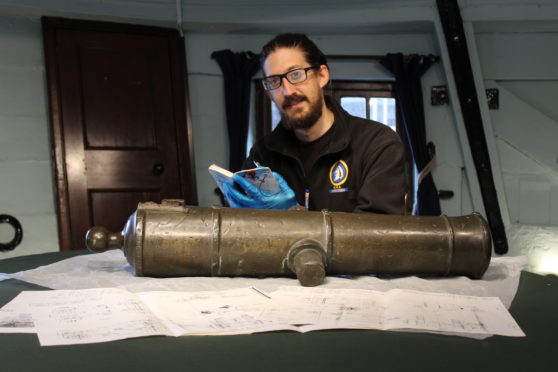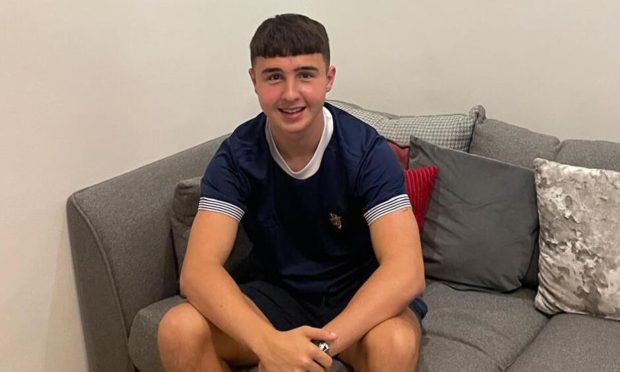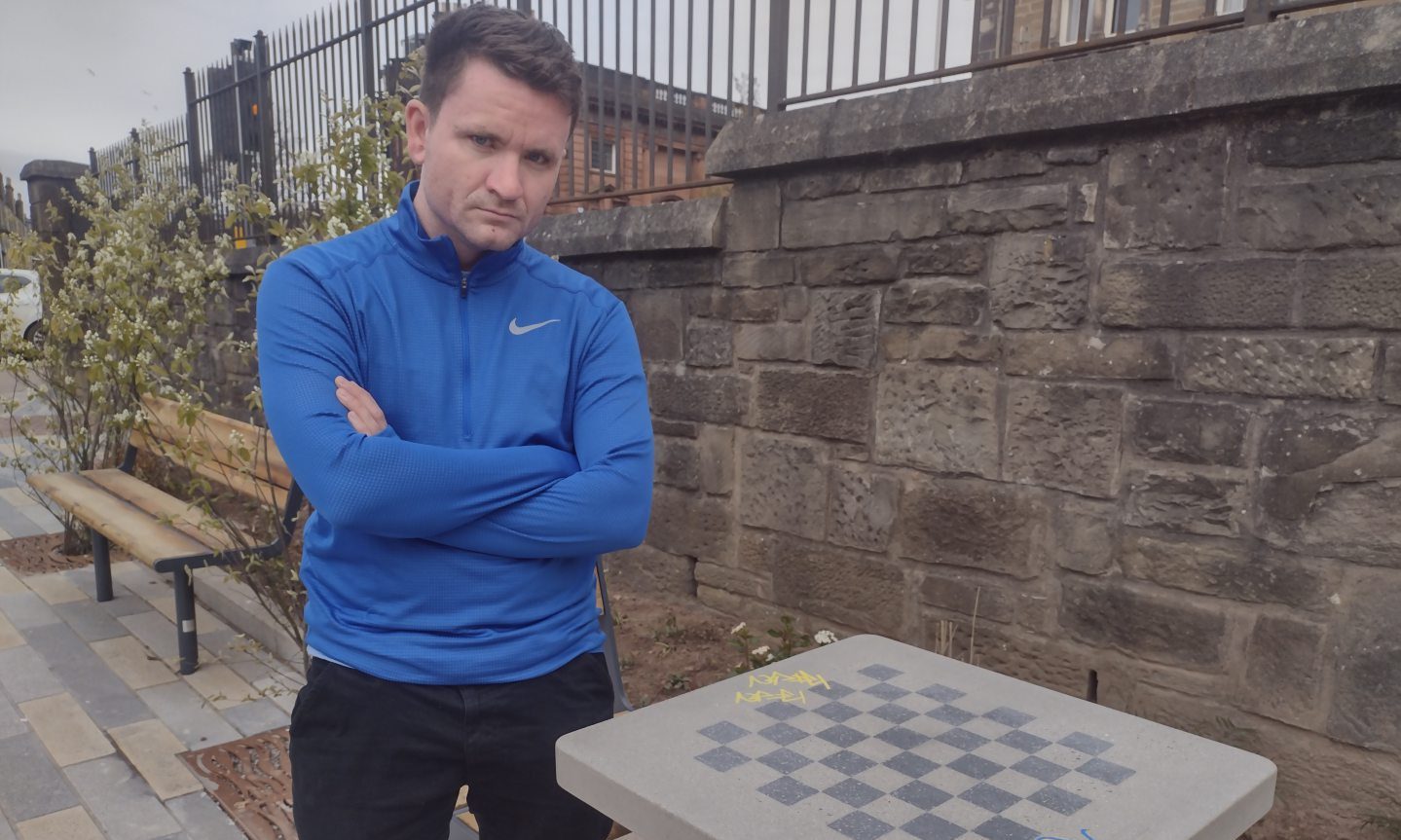The Unicorn Preservation Society is marking the 222nd anniversary of the Battle of Camperdown by offering new insight into bronze cannons that may have been used during the battle by Dundee naval hero Admiral Adam Duncan.
The research was carried out by Juan Manuel Martinez Jordan, a Spanish Masters in underwater archaeology student .
His investigation has shown the four cannons could date as far back as the 17th century, with one pair cast in Venice and the other in Barcelona.
From their respective homes they were transported to Amsterdam, possibly even as far as Cuba, before coming into the possession of Admiral Duncan in the 18th century.
The decorative cannons were cherished by the naval commander and may have gone with him on the HMS Venerable, his flagship at Camperdown.
A display will be installed later this month to highlight the historic importance of the guns in their own right and to Dundee’s most famous naval hero.
Finlay Raffle, learning and engagement officer at HMS Unicorn, said: “It has been fascinating uncovering the unknown histories of these beautiful bronze cannons and we are incredibly excited to be able to share this with visitors.”
The Battle of Camperdown took place on this day in 1797 and saw Admiral Duncan lead a British fleet against Dutch forces.
It was the most significant battle between British and Dutch forces during the French Revolutionary War.
Admiral Duncan, who was born and raised in Dundee, led the British fleet to a complete victory, capturing 11 Dutch ships without losing a single British vessel.
The cannons thought to be used during the battle are now housed on the HMS Unicorn.
The Unicorn Preservation Society will be hosting a show-and-tell session on board the ship on October 26 for people to see the cannons up close. There will also be a free lunchtime talk on October 31 from the Friends of Camperdown on board the ship and the life of Admiral Adam Duncan.
The society recently received a National Lottery Heritage Fund Grant for a project celebrating 200 years of the ship.
Digital scans were recently taken to determine the condition of the hull of HMS Unicorn as plans are made to move it into dry dock.










